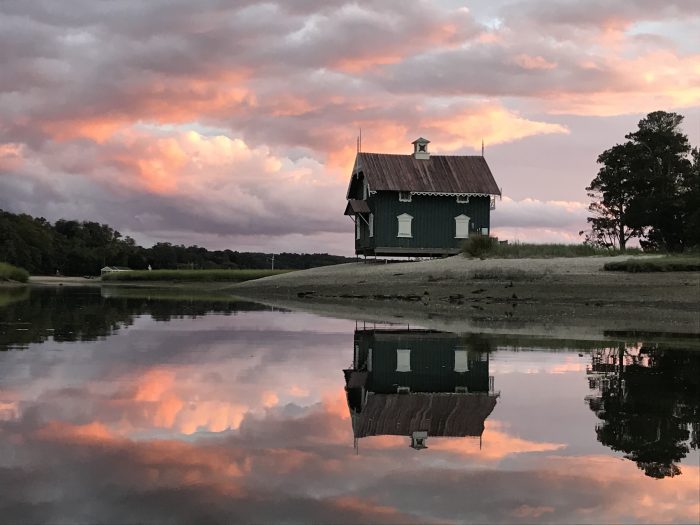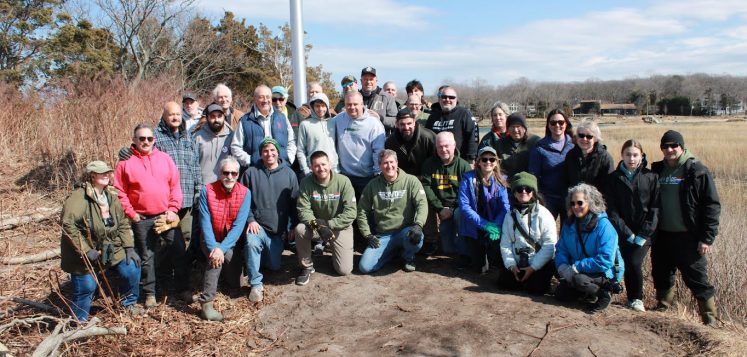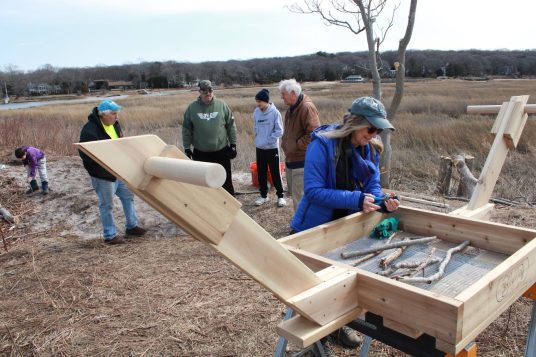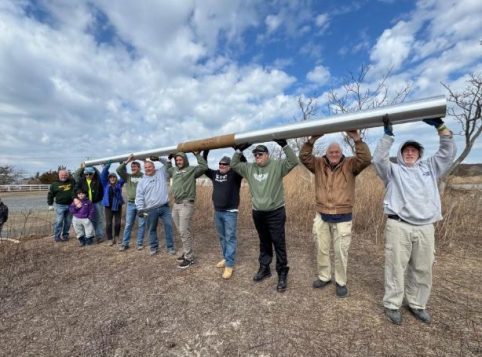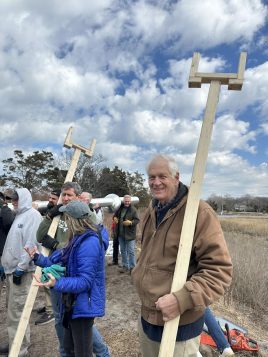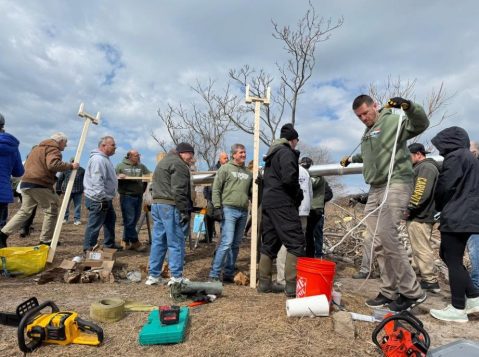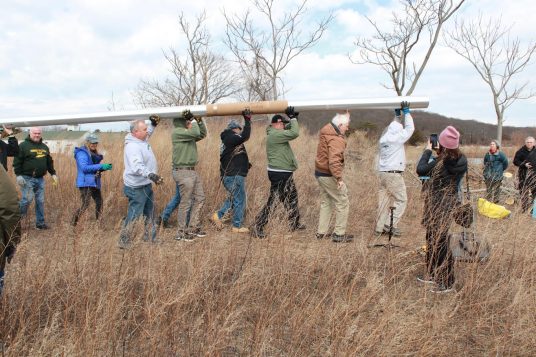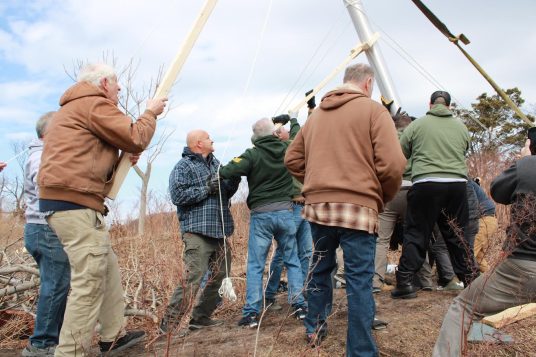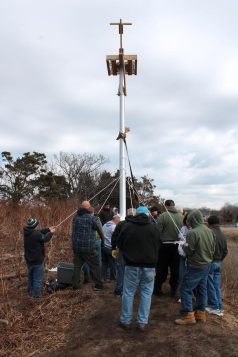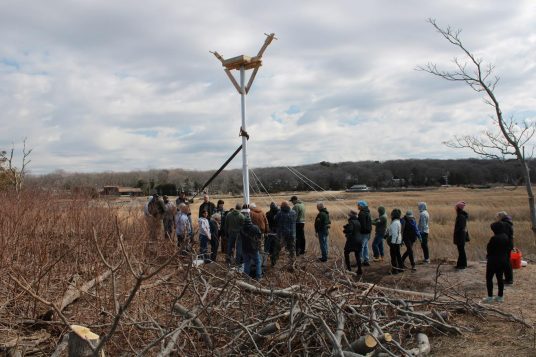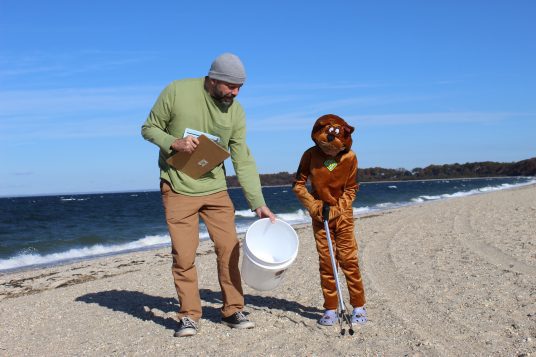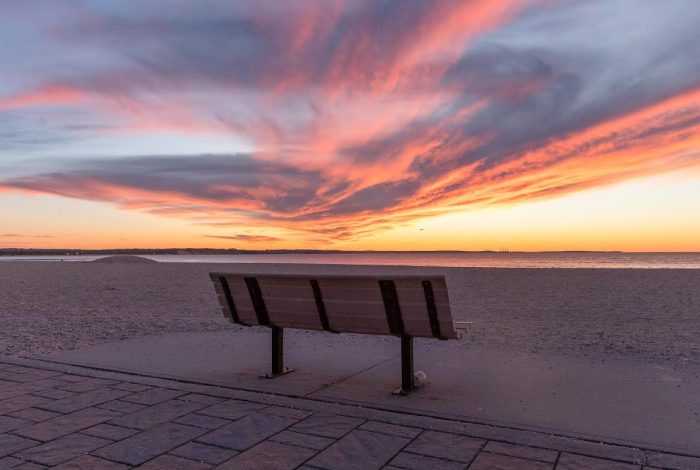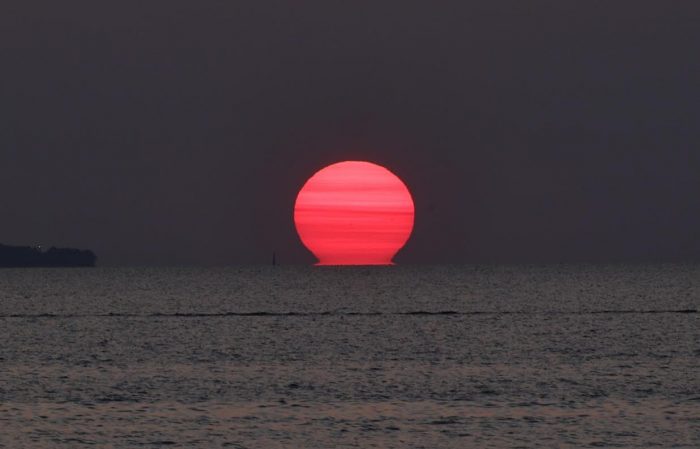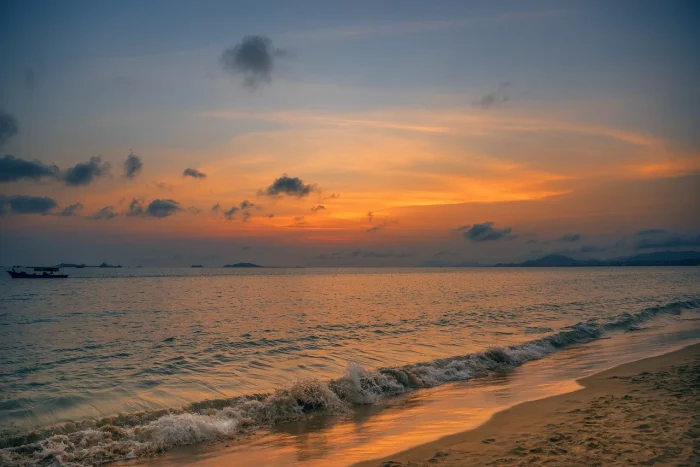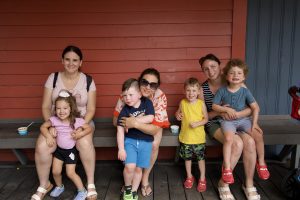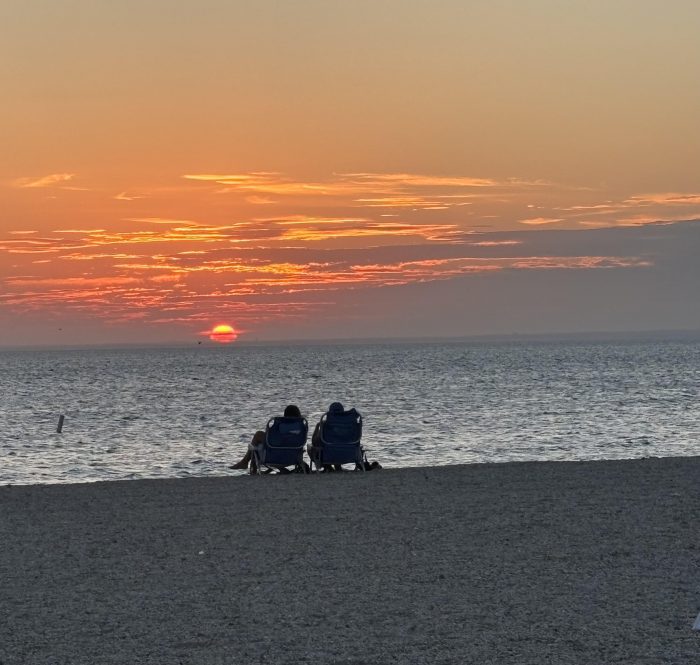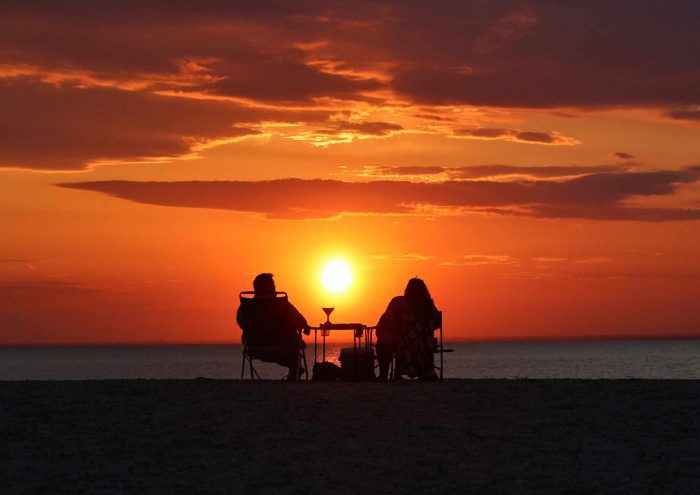After the record-breaking flood of last August, an heirloom of our community fell to ruins and has yet to reconnect with the scenic roads that we are so lucky to take every day. In light of the destruction of the beautiful and historic Mill Pond in Stony Brook and Stump Pond in Smithtown, members of the community have shared an outpouring of public support and togetherness in rebuilding our local history in the past week. At the Mill Pond, residents describe feeling stranded by administrative gridlock; but perhaps it does not have to be disheartening.
As the weather finally warms, we are looking to fill the mill-shaped gaps in our hearts, which we can do by visiting and honoring our island’s other beautiful parks. We can celebrate our rich Native American and colonial history at equally evocative and inspiring sites during these sun-kissed summer days.
Containing the only remaining wooden cottage part of the beach, West Meadow Beach Path offers a 2.3-mile paved stroll through the wetlands reserve, complete with local wildlife infographics, a scenic overlook at still-standing 1876 Gamecock Cottage, and a historic building constructed for storage of oars and row boats. West Meadow Beach Path eases us from the nostalgia of the wooded, breezy salt marsh at dusk to the citrus sunsets met by the water, with terrapins, herons and bunnies searching for food or calling to each other between the reeds. At dusk, we may even spot deer up close in the brush.
At the Rocky Point Pine Barrens, archaeological evidence point to a minimum 12,000 year-long history of Native American presence in the area. The land that provided resources for hunting, gathering, and shelter now offers miles of hiking and biking trails and horseback riding. Visitors should keep an eye out for historical signage, landmarks and vegetation unique to the undeveloped land, enabling us to appreciate and respect our island’s pre-colonial history. Verdant and sprawling, the Rocky Point Pine Barrens is stimulating and invigorating as much as it is calming. A visit to the pine barrens connects us with those who called this place home long before we arrived.
Further west, Heckscher Park is the site of a former 19th-century estate bought by New York State. Within walking distance of Huntington Village, the park features the Heckscher Museum of Art, pond, walking paths, playground, tennis courts, ball field, public art and memorials in addition to the “Chapin Rainbow Stage” performing arts amphitheater, home of the Huntington Summer Music Festival. Heckscher Park bustles with joy and laughter; an “All-American” gem, a mine for summer-night nostalgia alongside new memories we can enjoy on picnic blankets.
Tracking our unique lineage and culture throughout the island is as important as fighting for what we’ve lost. We can create new memories and revel in small joys at other local treasures as we wait for the Mill Pond and Stump Pond to recover.

